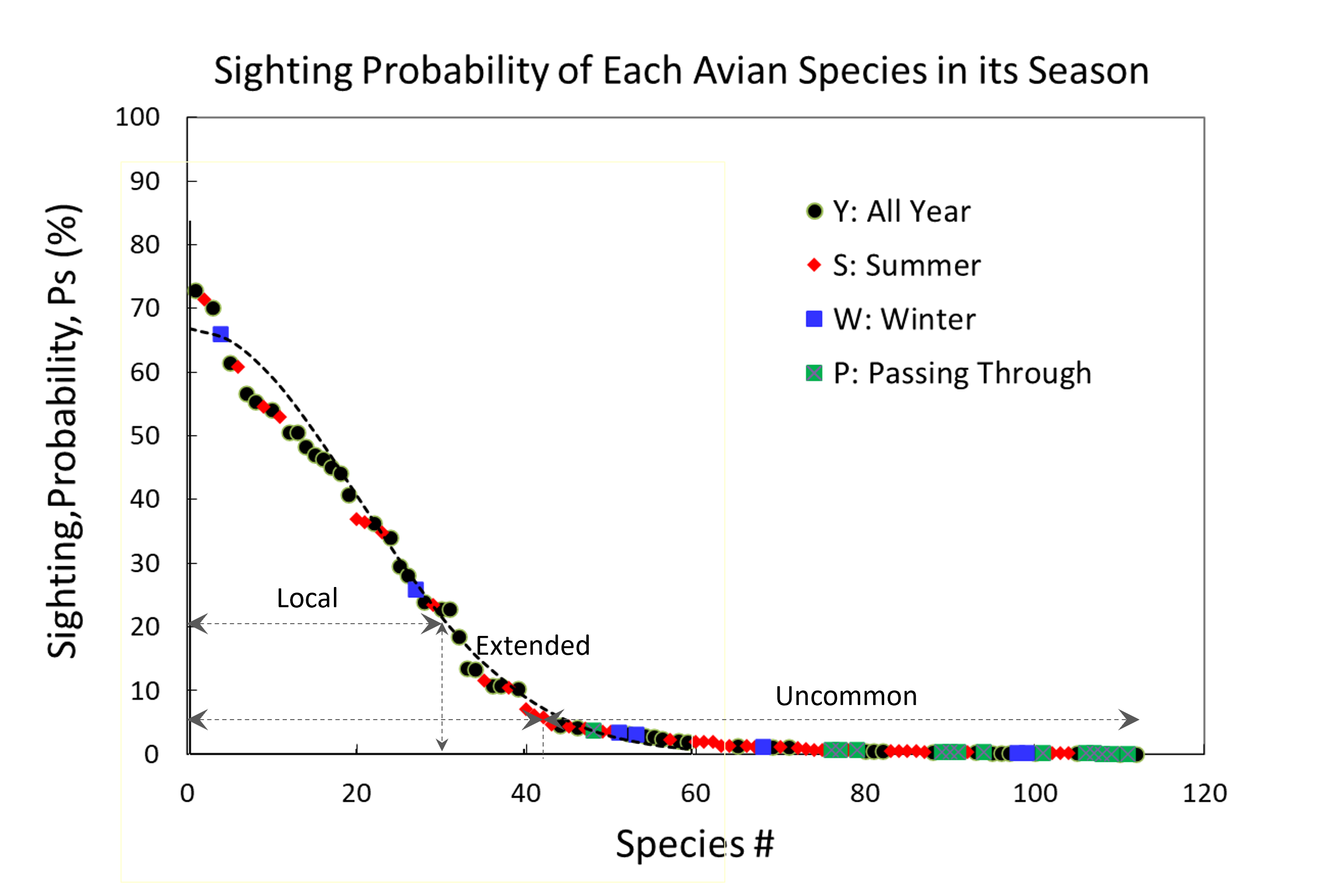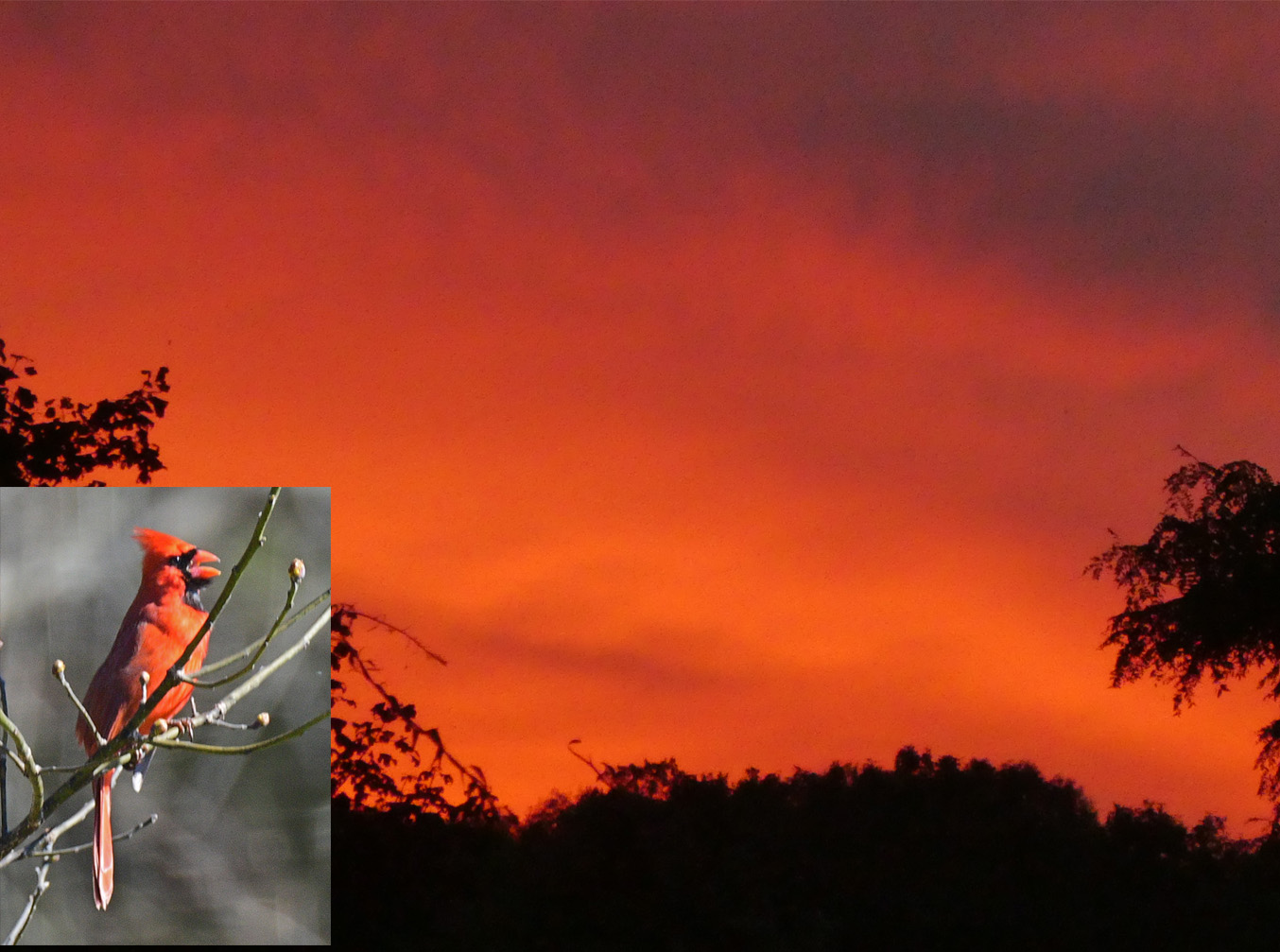Contact: mbhushan@octeval.com
AvianActs
https://www.avianacts.com
AvianActs was founded by Dr. Manjul Bhushan, Dr. Mark B. Ketchen of OcteVue and Mr. Hemant Sogani (Linkedin profile) in 2021. It is an independent enterprise leveraging the founders' prior expertise to explore and develop non-intrusive approaches for studying the behavior of wildlife, primarily birds.
 In project AvianActs, Dr. Manjul Bhushan has been recording and analyzing sightings and behavior patterns of birds, animals and insects in a small area around her home for over five years. Even with a small sample size and a high degree of parameter variability, patterns and trends in the data are detectable and mimic those reported in much larger surrounding areas. Year to year variations appear to be influenced by normal weather fluctuations. Impact of global warming and climate change will take longer to detect and validate.
In project AvianActs, Dr. Manjul Bhushan has been recording and analyzing sightings and behavior patterns of birds, animals and insects in a small area around her home for over five years. Even with a small sample size and a high degree of parameter variability, patterns and trends in the data are detectable and mimic those reported in much larger surrounding areas. Year to year variations appear to be influenced by normal weather fluctuations. Impact of global warming and climate change will take longer to detect and validate.
AvianActs/Phenology/Observations
 Passive acoustic monitoring (PAM) has been in use for tracking species distributions and impact of climate change on the populations of endangered species and for studying wildlife behavior. In AvianActs, PAM is used to identify individual birds (Wood Thrushes) as they return to the Home 'patch' each year during the breeding season. Listening to the dawn chorus, the fact that some individuals were observed to begin singing at a fixed time before sunrise, irrespective of the light intensity level, indicated the presence of an internal clock precisely calibrated to sunrise alone, contrary to reports published in recent scientific journal articles.
Passive acoustic monitoring (PAM) has been in use for tracking species distributions and impact of climate change on the populations of endangered species and for studying wildlife behavior. In AvianActs, PAM is used to identify individual birds (Wood Thrushes) as they return to the Home 'patch' each year during the breeding season. Listening to the dawn chorus, the fact that some individuals were observed to begin singing at a fixed time before sunrise, irrespective of the light intensity level, indicated the presence of an internal clock precisely calibrated to sunrise alone, contrary to reports published in recent scientific journal articles.
AvianActs/Experiments/PAM/Dawn Chorus